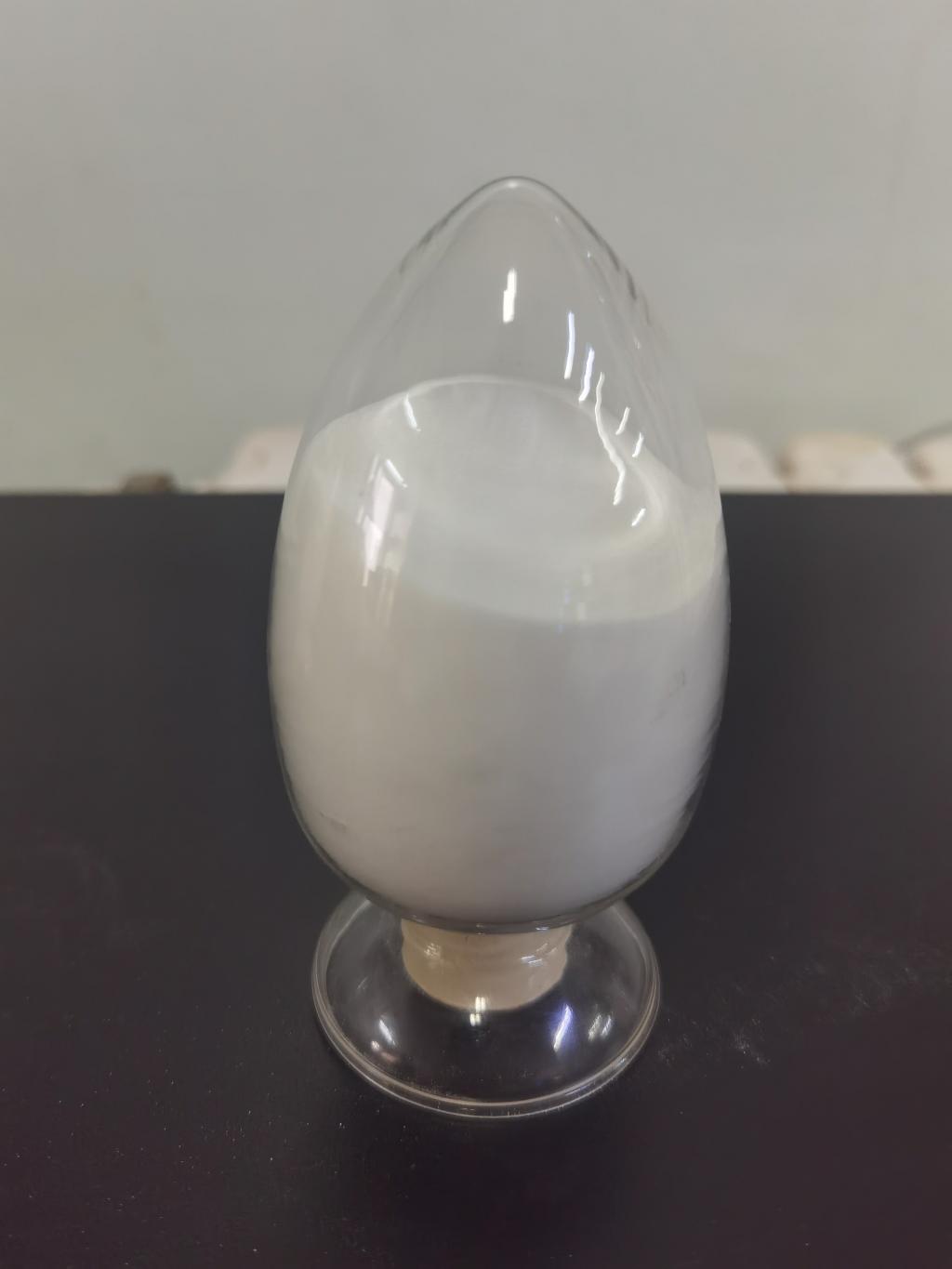Tel:0086 18231198596

News
Advancing Precision Agriculture: ε-Polylysine Hydrochloride for Targeted Crop Protection
TIME:2024-01-23
I. Understanding ε-Polylysine Hydrochloride in Agriculture:
ε-Polylysine hydrochloride is a natural antimicrobial compound produced through the fermentation of Streptomyces albulus. Its cationic homopolymer structure, derived from the amino acid lysine, provides it with unique properties that make it suitable for various applications in agriculture. With its biodegradability and safety profile, ε-polylysine hydrochloride aligns well with the principles of precision agriculture.
II. Mechanism of Action in Pest and Disease Management:
The mechanism of action of ε-polylysine hydrochloride involves its interaction with microbial cell membranes, leading to disruption and cell death. This targeted antimicrobial action makes it effective against a broad spectrum of bacteria and fungi. In the context of precision agriculture, ε-polylysine hydrochloride can be utilized to selectively control specific pests and pathogens while minimizing the impact on non-target organisms.
III. Applications in Targeted Pest Management:
Precision agriculture emphasizes the precise application of inputs to optimize resource use and reduce environmental impact. ε-Polylysine hydrochloride can be incorporated into targeted pest management strategies by focusing on specific pests that threaten crop health. Its application can be tailored to the lifecycle and vulnerabilities of target pests, contributing to a more sustainable and efficient approach to pest control.
IV. Integration with Precision Spraying Technologies:
Advancements in precision spraying technologies, such as drones and automated sprayers, offer opportunities for targeted application of agricultural inputs. ε-Polylysine hydrochloride can be seamlessly integrated into these systems, allowing for precise and controlled delivery to areas with identified pest or disease pressures. This targeted approach minimizes the use of chemicals and reduces the overall environmental impact of crop protection practices.
V. Enhancing Disease Resistance in Plants:
Plant diseases can have a significant impact on crop yields and quality. ε-Polylysine hydrochloride's antimicrobial properties extend to plant pathogens, making it a potential tool for enhancing disease resistance in crops. Through targeted applications, ε-polylysine hydrochloride may contribute to the activation of plant defense mechanisms, fortifying crops against specific diseases and reducing the need for broad-spectrum chemical treatments.
VI. Soil Amendment for Enhanced Crop Health:
Soil health is a critical component of sustainable agriculture. ε-Polylysine hydrochloride can be explored as a soil amendment to promote microbial balance and suppress soilborne pathogens. Targeted applications in areas with known pathogen challenges can contribute to healthier soils, supporting plant growth and reducing the reliance on conventional soil fumigation methods.
VII. Reducing Environmental Impact and Residue:
Precision agriculture aims to minimize the environmental impact of farming practices. In comparison to traditional chemical pesticides, ε-polylysine hydrochloride offers the advantage of being biodegradable and leaving minimal residues. Its targeted application can help reduce the overall environmental footprint of crop protection, contributing to more sustainable agricultural practices.
VIII. Compatibility with Integrated Pest Management (IPM):
Integrated Pest Management (IPM) is a holistic approach that combines various strategies to control pests while minimizing environmental impact. ε-Polylysine hydrochloride aligns well with the principles of IPM, offering a natural and targeted solution that can be integrated with biological control agents, cultural practices, and other pest management techniques. This collaborative approach enhances the overall effectiveness of pest control strategies.
IX. Potential for Reduced Resistance Development:
The selective nature of ε-polylysine hydrochloride's antimicrobial action may contribute to reduced resistance development in target pests and pathogens. By targeting specific vulnerabilities, ε-polylysine hydrochloride may be less prone to resistance compared to broad-spectrum chemical pesticides. This characteristic aligns with the long-term goals of sustainable and effective pest management.
X. Regulatory Considerations and Safety:
As ε-polylysine hydrochloride emerges as a potential tool in precision agriculture, regulatory considerations and safety assessments become crucial. This section explores the current regulatory landscape surrounding the use of ε-polylysine hydrochloride in agriculture, including permissible concentrations, application methods, and safety assessments. A comprehensive understanding of regulatory frameworks is essential for the responsible and widespread adoption of this compound in precision agriculture.
XI. Challenges and Future Directions:
While ε-polylysine hydrochloride shows promise in advancing precision agriculture, challenges and opportunities for further research exist. This section discusses potential challenges, such as optimizing application protocols, understanding interactions with other agricultural inputs, and addressing potential ecological consequences. Future research directions may focus on refining formulations, exploring additional crop applications, and evaluating the compound's long-term impact on agricultural ecosystems.
XII. Conclusion:
In conclusion, ε-polylysine hydrochloride emerges as a novel and promising tool in advancing precision agriculture, particularly in the realm of targeted crop protection. Its unique properties, including antimicrobial activity and biodegradability, position it as a valuable asset in sustainable pest and disease management. As research progresses and regulatory considerations are addressed, ε-polylysine hydrochloride may play a pivotal role in shaping the future of precision agriculture, contributing to more efficient, sustainable, and environmentally conscious farming practices.

 CONTACT
CONTACT




